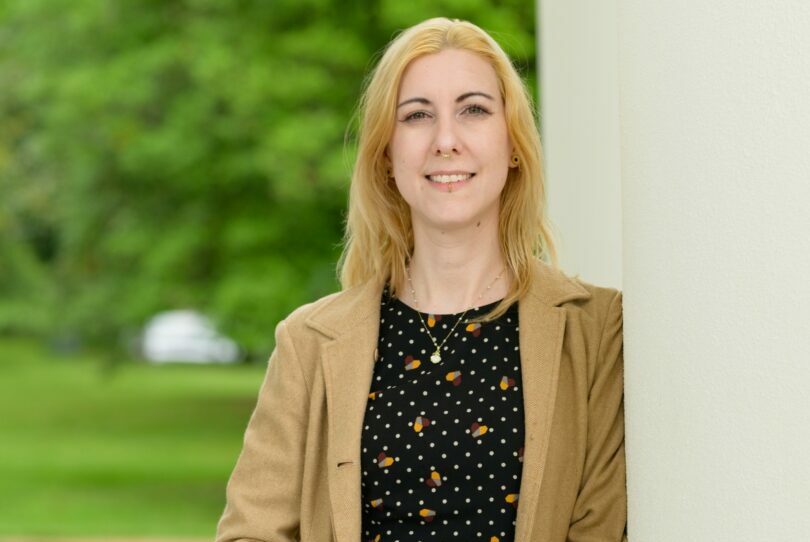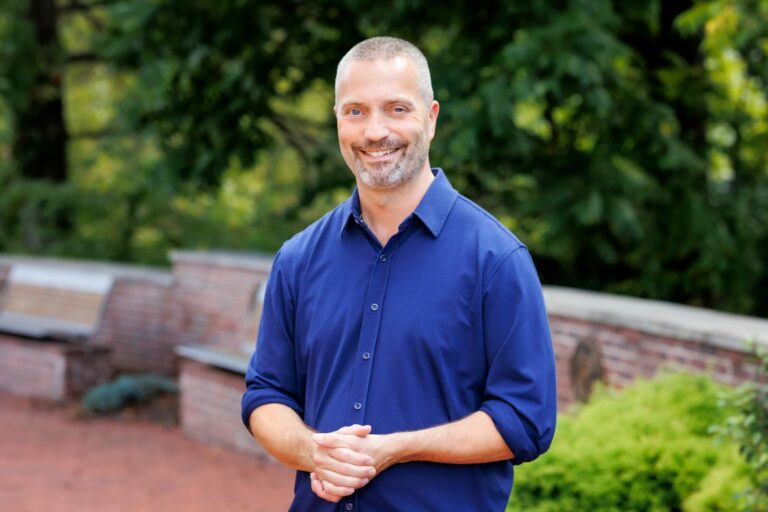We’re excited to introduce you to the always interesting and insightful Carley Weed. We hope you’ll enjoy our conversation with Carley below.
Hi Carley, thanks for sharing your insights with our community today. Part of your success, no doubt, is due to your work ethic and so we’d love if you could open up about where you got your work ethic from?
As most individuals’ habits are shaped, mine was a byproduct of my childhood. Without overindulging in information about my upbringing I can say I lived in a difficult environment that benefitted from some sort of escapism. For me that was always school and work. Part of my ideology stems from my mother always encouraging me to vent through drawing. That if I ran into an obstacle I should resolve to work harder to beat my problem rather than wallowing in frustration.
I don’t think anything has particularly come to me easily. I’ve always felt behind and needed to work harder to catch up. In the present, this has manifested into a drive that enables me to push projects and various forms of art further because I know I have so much room to grow. The most crucial element to work ethic is identifying your shortcomings and having awareness in the areas you need to succeed. I think it is when complacency strikes that work ethic begins to falter.
Working in the print studio with Tonia Matthews in Towson has been an excellent demonstration of my Work Ethic in particular. As someone who is studying illustrator, I can confidently say my experience with traditional forms of Intaglio has been nearly non-existent. Anguished Unmaking Line Etch and Anguished Unmaking Line Etch with Aquatint were both pieces that required a significant amount of drive to complete. The process included preparing an 18 x 20 copper sheet for intaglio and then creating my image through the various techniques I learned. In hindsight, I will admit this was rather bold as I chose to do a large detailed image as my first etch. However, it was with this piece that I felt myself be challenged by what I was creating. This is a vital element in my creative process as it invites an internal conversation for me to develop throughout the project. There were times I wanned during these pieces given the size, the time commitment, and the unique process required for etching. However, I was able to overcome this weakness because of my eagerness to see this piece to its full potential. The ability to see to completion this ambitious first etch was fostered by the desire to learn a multitude of new skills. If I was complacent in my ability, unfeeling of the need to learn I would not have been able to create this image.
Great, so let’s take a few minutes and cover your story. What should folks know about you and what you do?
I am a studying illustrator with an interest in cinematic illustration and splash art. I’ve recently been experimenting with character illustrations that I unexpectedly have become fascinated with. Every commission, product design, and assignment alike has been a spark of invigoration in my workflow. With my Illustrations, I aim to narrate an unsaid story communicated with nonverbal cues. For an image to be successful, I want the audience to keep re-engaging to find something new that they haven’t noticed before. There’s something uniquely profound in the creation of an image where every aspect is designed and placed with intent. I also attempt to create works that are abundant in emotion. The line weight, the composition, everything accumulates to establish a tone. If there is a particular emotion I want to invoke, I push what I can to effectively convey this feeling.
Currently, I work from various commissions on the side with my primary role as a full-time student. Some of my most recent commissions have been custom artwork for a project car and an acrylic illustration on a retro mailbox. These odd jobs have such a special place in my portfolio because of the client’s desire to work with me to create an image that caters to their mission. These unusual requests make my job exciting, providing ample opportunity to create in ways I have not previously before.
There is so much advice out there about all the different skills and qualities folks need to develop in order to succeed in today’s highly competitive environment and often it can feel overwhelming. So, if we had to break it down to just the three that matter most, which three skills or qualities would you focus on?
The most essential skill a growing artist needs to have is the ability to effectively find resources to teach yourself a skill. Waiting to learn something is a direct hindrance to your growth (in my experience at least.) My best work has come from identifying what I need to learn and then using avenues that work for me to effectively teach me what I need to complete the piece. Hesitating to complete or even start a task is wasting an opportunity to either grow or produce something that advances your goals.
Another skill that I’m sure is almost redundant to those familiar, is allowing yourself to create mediocre art. It is more important to establish the habit of starting and seeing a project to completion rather than focusing on the result. I frequently remind myself that skill has no use if you don’t use it. Take for example an artist you perceived to be “less” skilled who has a more successful online presence. They may be at a different spot in their career but they have more often completed the habit of seeing work to completion and posting that they have become consistent and found community.
The last quality I will address is resilience. There will come a time when someone will challenge your art form and each time that happens that is an opportunity to critically engage with that criticism. Self-awareness is important in pinpointing the direction you wish to pursue in your journey. It is when I back down from this engagement that I lose. In this situation I fail to learn something new, I fail to understand what isn’t working in a piece and I fail to consider my audience. OF course, not all criticism is aimed at your benefit. However, through this engagement is an internal discussion created where you can analyze whether a piece of feedback is truly a valid critique or rather an attack from someone trying to tear you down. It is the resilience to endure this kind of setback and engagement that pushes something to be better than it started. For my illustrators, this could be feedback from a client about thumbnail sketches. Sometimes your vision will not align with your clients. Their feedback may seem disagreeable at times, but it could prove to make important changes to make the final image better than what you had originally envisioned.
Any advice for folks feeling overwhelmed?
In a serving side job, I have become accustomed to the feeling of being overwhelmed. While the tasks may differ the process of overcoming this scenario is quite similar. Be it artistic burnout, being stumped with a client, or being awarded too many tables in a service environment, the first step is to always keep going. The first instinct is to stop when this feeling arises. Occasionally the answer to an overwhelming set of work can be to take a break and come back in a better headspace. Prolonged stopping doesn’t make the problem go away and certainly doesn’t allow for a mental reset. It delays the inevitable and that is to start the next step. Identifying this in serving terms is much easier than abstractly describing the creative process. If I have too many guests that require my attention, stopping to vent (or stopping to panic) does not provide any of these people what they need and I am no closer to ending my shift. The best course of action is choosing one task and executing it no matter how minuscule. As you tackle each item on the list of needs eventually it’ll become easier to breathe and the overwhelming problems you will have been completed. It is more important that you choose to do something instead of choosing to do nothing. When we feel overwhelmed we feel we must do the first thing that comes to mind which is often the most difficult and daunting procedure in the itinerary when that’s not the case.
I frequently feel overwhelmed during my creative process. I get caught in downward spirals fearing the advances of AI (like many of my peers). Sometimes I will see an incredible artist and feel insignificant afterward. Or perhaps I hit a rut in a piece and I can’t advance the rendering because it’s not coming together. When I linger on these feelings I am woefully unproductive. Rumination on an uncertain future does little to change reality. I know in my experience that the best thing to do is to keep going despite the uncertainty one activity or goal at a time. The small starting step for me has been creating manageable goals such as completing a piece I have previously started. Another goal I made for myself was reaching out to my contacts about intaglio opportunities. Both are low stakes but after completing them I feel more confident about advancing my larger goals such as creating a website.
Contact Info:
- Instagram: @nyroom_art
- Other: bsky: https://bsky.app/profile/nyroom.bsky.social



